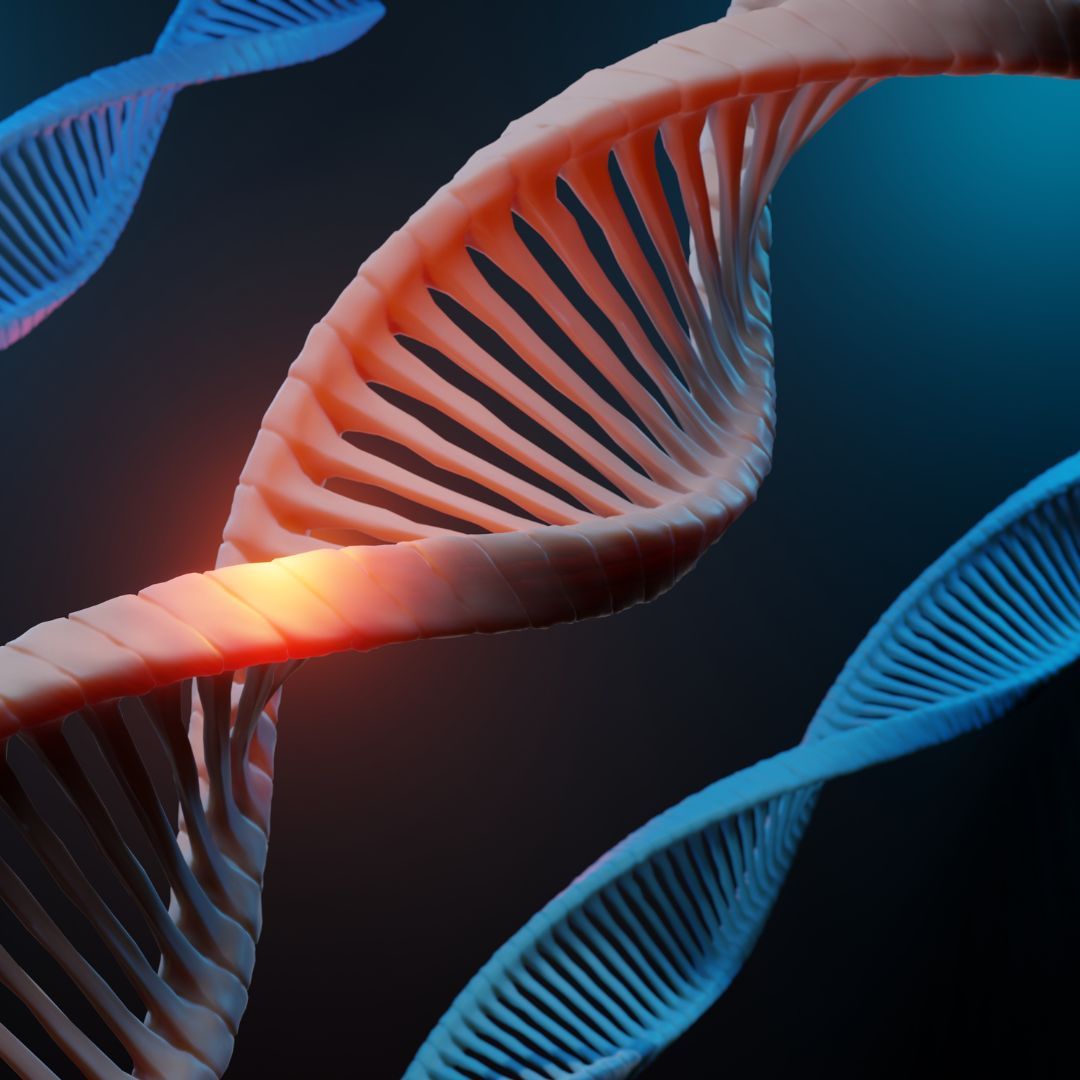Decoding the Process of RNA Purification and Isolation Made Easy
RNA purification and isolation form the cornerstone for a wealth of biomedical and scientific research. This complex yet crucial process lays the foundation for further studies in genetics medicine and bioengineering.
If you've ever wondered how scientists decode the secrets of life prepare to be astonished by the power of RNA purification and isolation. It's a cornerstone of modern molecular biology enabling deep insight into the fundamental processes that power our existence.
Understanding the Basics of RNA Purification and Isolation
When you find yourself in the domain of molecular biology or genetics you'll encounter a pivotal process known as RNA purification and isolation. Essentially this process refers to the removal of unwanted cellular components to procure pure RNA – a molecular goldmine for research. The impurities that might try to gatecrash your RNA party include anything from proteins to DNA lipids and carbohydrates. The aim of the game? To leave you with high-quality RNA that's ready for downstream applications.
RNA purification isn't just something you do on a whim though. It's a delicate and critical protocol where one needs to tread carefully. Special precautionary measures are necessary to prevent RNA degradation and to avoid the inclusion of impurities that can affect subsequent experiments. With the right equipment meticulous technique and suitable conditions— boom you’ve mastered a key protocol in molecular biology! Provided you've earned your badge in consistency and patience of pays that is. It’s a process that requires a sharp mind a steady hand and the utmost respect for the fragile macromolecule you have been tasked with isolating.
Decoding the Importance of RNA Purification in Research
The process of RNA purification serves an absolute essential role in the modern world of biological research. Without RNA isolation and purification scientists' exploration into the fields of genetics biochemistry molecular biology among others would lose their precision and reliability. It's kind of like trying to understand an orchestral symphony by focusing solely on the sound of one instrument. To gain a comparative understanding of gene expression it's necessary to isolate RNA from a multitude of biological samples thus giving researchers the opportunity to scrutinize an individual RNA strand devoid of any disrupting elements.
When purified correctly isolated RNA can unfold the mystery behind a variety of cellular processes including development differentiation growth and multiple disease progressions. That's why RNA purification is crucial in medical research too especially in areas like cancer research and virology where understanding the specific genetic and molecular workings can enable the development of targeted therapies. Remember high-quality RNA isolation is the cornerstone of research that fuels medical advancements enhances disease detection and drives therapeutic innovation toward a healthier future.
High-Quality RNA Isolation Techniques
Unleashing the secrets of the genome starts with understanding RNA. This precious molecule carrying the instructions from DNA for controlling the synthesis of proteins also plays key roles in regulating gene expression. This importance highlights the necessity for high-quality and efficient RNA isolation techniques. These techniques enable researchers to unlock the vast information contained within the RNA sequence and structure contributing significantly to advancements in the fields of genetics molecular biology and medicine.
Some commonly used techniques include Organic Extraction Solid Phase Extraction and Enzymatic RNA isolation. Organic Extraction also known as Phenol-Choloroform Extraction is a traditional method that utilizes phenol and chloroform to separate RNA from DNA and proteins. Solid Phase Extraction on the other hand relies on the binding capacity of RNA to silica surfaces in the presence of chaotropic salt. This approach has been streamlined into various commercial kits available on the market solidifying its reputation for convenience and reliability. Lastly Enzymatic RNA Isolation is a modern technological wonder that uses enzymes to eliminate proteins and other unnecessary components yielding a pure RNA sample. These techniques underscore the meticulous efforts undertaken in biotechnological research to ensure the accuracy of results.
Demystifying the RNA Extraction Process
The RNA extraction process can be intricate but don't be daunted. It primarily involves the careful disruption and lysis of the sample source be it plant animal or bacterial cells. This step is undertaken with the aid of a suitable lysis buffer effectively separating the RNA from other cellular components. Then follows an extraction process to purify the RNA typically using alcohol precipitation or a silica membrane-based method. These methods effectively separate RNA from unwanted bio-molecules allowing its accurate analysis.
Think of RNA isolation much like filtering out the unwanted noise to get to the heart of a rich and meaningful conversation. RNA must be adequately purified to ensure that subsequent analyses and applications are accurate and free from interference. Achieving a high level of RNA purity integrity and concentration may require repeated rounds of extraction and purification but it’s a vital step in the toolbox of molecular research.






